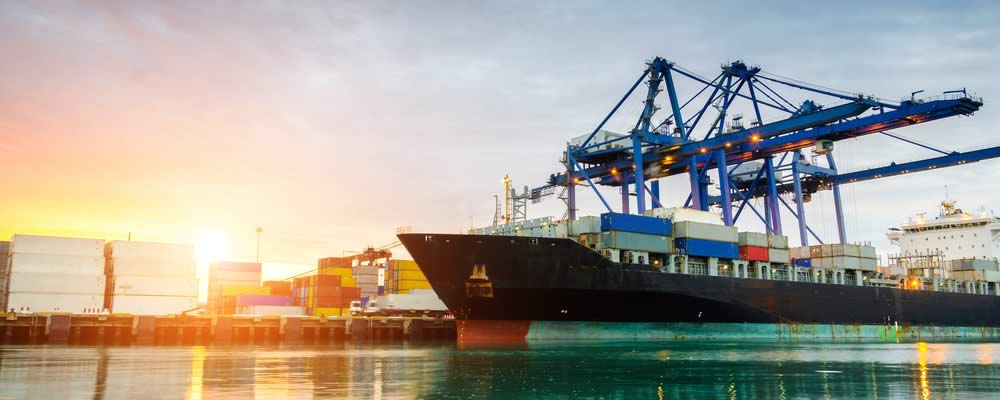- EUR AUD Fluctuates as Trump Targets Trade Agreements – President announces he will repeal Pacific Trade agreement.
- German PMI Data Mixed – Euro gains slow as Services slip.
- Australian Inflation Data Ahead – Australian Dollar likely to rise if CPI reading improves.
The Euro Australian Dollar (EUR AUD) exchange rate rallied again this morning, continuing the volatility seen between the currency paring this week, as Donald Trump announced that he will renegotiate a number of international trade agreements.
Euro Australian Dollar (EUR AUD) Jumps as US Withdraws from TPP
The Australian Dollar plummeted this morning as Trump announced that he would be pulling the US out of the Trans-Pacific Partnership trade agreement.
The agreement, championed by Barack Obama, would have helped to remove tariffs and make it easier for the 12 members –including Australia- to trade with one another.
The repeal was one of Trump’s first executive orders on Monday following his election campaign in which he criticised a number of free trade agreements, including the TPP, which he blames for an influx of cheap foreign goods that threaten US jobs.
However Australia’s Trade Minister, Steve Ciobo is hopeful that a ‘TPP 12 Minus One’ agreement could be worked out.
Speaking to the Australian Broadcasting Corporation (ABC) yesterday Mr Ciobo said;
‘I’ve had conversations with Canada, with Mexico, with Japan, with New Zealand, with Singapore, Malaysia and I know that there’s been conversations that have been had with Chile and with Peru. So there’s quite a number of countries that have an interest in looking to see if we can make a TPP 12 minus one work.’
While there is certainly the potential for the agreement to go ahead without the US involved, the possibility of years of further negotiation and the lack of easy access to the large consumer base in America caused markets to sour on the ‘Aussie’.
Mixed German PMI Data Mutes EUR Gains
The Euro’s gains were cut this morning as Markit reported some mixed PMI figures from Germany.
While German Manufacturing unexpectedly surged in January, rising from 55.6 to 56.5 and beating expectations it would slide to 55.4, the result was negated somewhat by a disappointing drop in Services.
Germany’s private sector got off to a rocky start this year as it fell from 54.3 to 53.2, a notable drop from the rise to 55.4 that had been predicted and the third consecutive drop.
While Markit said that there was little reason to worry as businesses continued to hire at a steady rate, investors are worried that mounting costs are beginning to pressure companies.
Rising costs of oil and other commodities drove input prices to rise at their fastest rate in over five years, this was exacerbated by the Euro’s weakened position against the US Dollar (USD) in recent months.
EUR AUD Exchange Rate Forecast: Australian Inflation Figures Ahead
The EUR AUD exchange rate could fall again tomorrow morning following the release of Australian’s latest Consumer Price Index, with the fourth quarter report expected to show that the inflation rate rose from 1.3% to 1.6% in 2016.
The Euro may rally later in the day however as Ifo’s Business Climate reading is expected to show that sentiment in Germany saw a slight uptick in January, with it potentially reaching a three year high if it rises from 111 to 111.2 as predicted.
Current Interbank Exchange Rates
At the time of writing the EUR AUD exchange rate was trending around 1.41 and the AUD EUR exchange rate was trending around 0.70.



